This is the first of 3 blog posts that we will write to fill in the gap between our first hospital discharge and the present day. Just like Our Story, we are trying to fit a lot of information into readable, reasonable length posts. Keep in mind the events described took place over a long period of time.
Our new life
When we were in hospital, the staff took care of preparing and administering Félip’s feeds on schedule, the pharmacy sent his medication to the unit ready to be given and he was continuously monitored. We would now be on our own. We had to get used to many things and settle into a routine.
Feeding him
His feeds weren’t a big deal. We would mix store bought formula with water. Just like any other parent would for their child. Félip, however, still had a nasal feeding tube. To make things easier, we had a pump at home that we would program to run his feeds over a certain amount of time.
We would change his feeding tube once a week, usually on Sundays. Changing his tube brought mixed emotions. We would be happy and relieved to see him without a tube for a few short hours after removing the old one. We would also dread putting a new one in. Inserting a nasogastric feeding tube isn’t rocket science. We had been trained by the home nutrition team at the hospital and knew how to do it. Nonetheless, it felt like we were torturing Félip every time. We would swaddle him flat on his back, sometimes using the security strap from his changing pad to secure his arms down. One of us would hold his head straight and his mouth shut (so the tube doesn’t just come out of his mouth). The person doing the insertion would get the supplies ready: the new tube, some lubricating jelly, tape to secure the tube, an empty syringe and pH indicator strips. Then, showtime! You had to get a small amount of the tube in his nose and then angle the tube downwards to facilitate the entry. Once things got moving you couldn’t stop. Stopping midway through insertion would almost always result in starting over. As soon as the tube started going in, Félip would start squirming and complaining as we held him down. These are the moments where you just have to try to numb your emotions and convince yourself that it’s for his own good. This is the only safe way for Félip to feed right now. The tube has to go in.
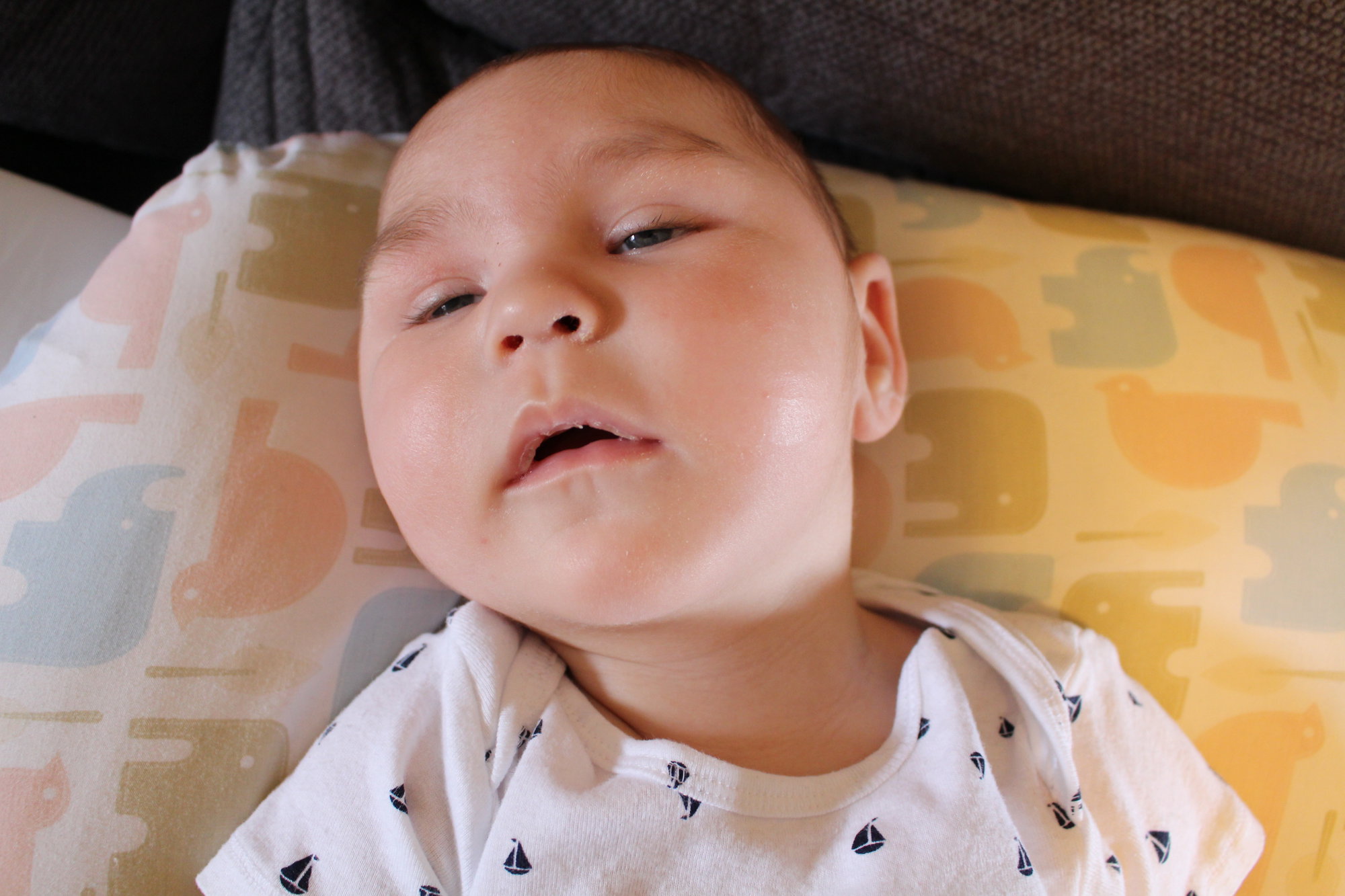
Medications
Preparing medications felt very natural to Robyn, being from a medical background (animal). I had to adjust a bit more to the routine. We’ve prepared meds from various different formats: liquids, tablets, powders, pressurized vials, you name it. Regardless of it being a dry or liquid form, the end result is the same. Tablets are cut, crushed and mixed in water and so is powder. Everything goes through his feeding tube.
Having multiple medical issues caused by his disorder requires multiple different medications. He’s always been on more than one anti-seizure medication at a time as we kept trying to find something that worked better. With his low muscle tone and feeding issues we’ve had medications for acid reflux, secretion control, constipation, etc.
Preparing his medications often felt like working in a lab, titrating solutions, measuring doses, different sized syringes…

Daily care and routine
Much of Félip’s care upon coming home was not unlike a normal child of his age. Changing his diaper, preparing his feeds, baby toys and nap time. But there were still a lot of things that parents of other children wouldn’t have to do. Being careful with his nasal feeding tube to not yank it out, repositioning him countless times because he’s not breathing well, carrying him like a newborn baby even at his age because he has no support for his head or back.
We would set up a blanket on the floor and play with him throughout the day, or Robyn would, as I was working most days. With a disabled child like Félip the reality of play time is often you playing with various toys to try and get the slightest reaction from him. He’d never been the most responsive, but having so many seizures everyday had only worsened the situation. He wasn’t tracking objects with his eyes and colourful playful toys wouldn’t get his attention. The one thing that seemed to make a difference was noises or musical toys. He would sometimes stop what he was doing and seemed to almost be listening, captivated by the sound. We would get similar reactions with our voices, talking to him, singing or reading books to him.
He would keep his eyes shut for most of the day, opening them randomly when he felt like it. We noticed that he favoured low light settings. He wasn’t very active either, he would never grab for things or move to the extent of a normal child his age. He was constantly fighting gravity. His low muscle tone made things difficult for him. People would always think he was sleeping but we could tell the difference.
It’s the little things that counted with Félip. The warmth in your heart from seeing his eyes wide open. The happiness form hearing him make a noise, any noise. Or having him fall asleep in your arms and never wanting to let go.
Medical Appointments
We kept seeing the same pediatrician as before. She became the glue or the common link between our other specialists and referrals. She’s always been great at keeping track of his needs and suggesting new resources to help out.
Now that we were out of the hospital, all of our dealings with doctors and specialists were through outpatient clinics. We had regular appointments set up with Félip’s teams; neurology, genetics/metabolics, ENT (Ear Nose and Throat), physiotherapy, dietitian, etc.
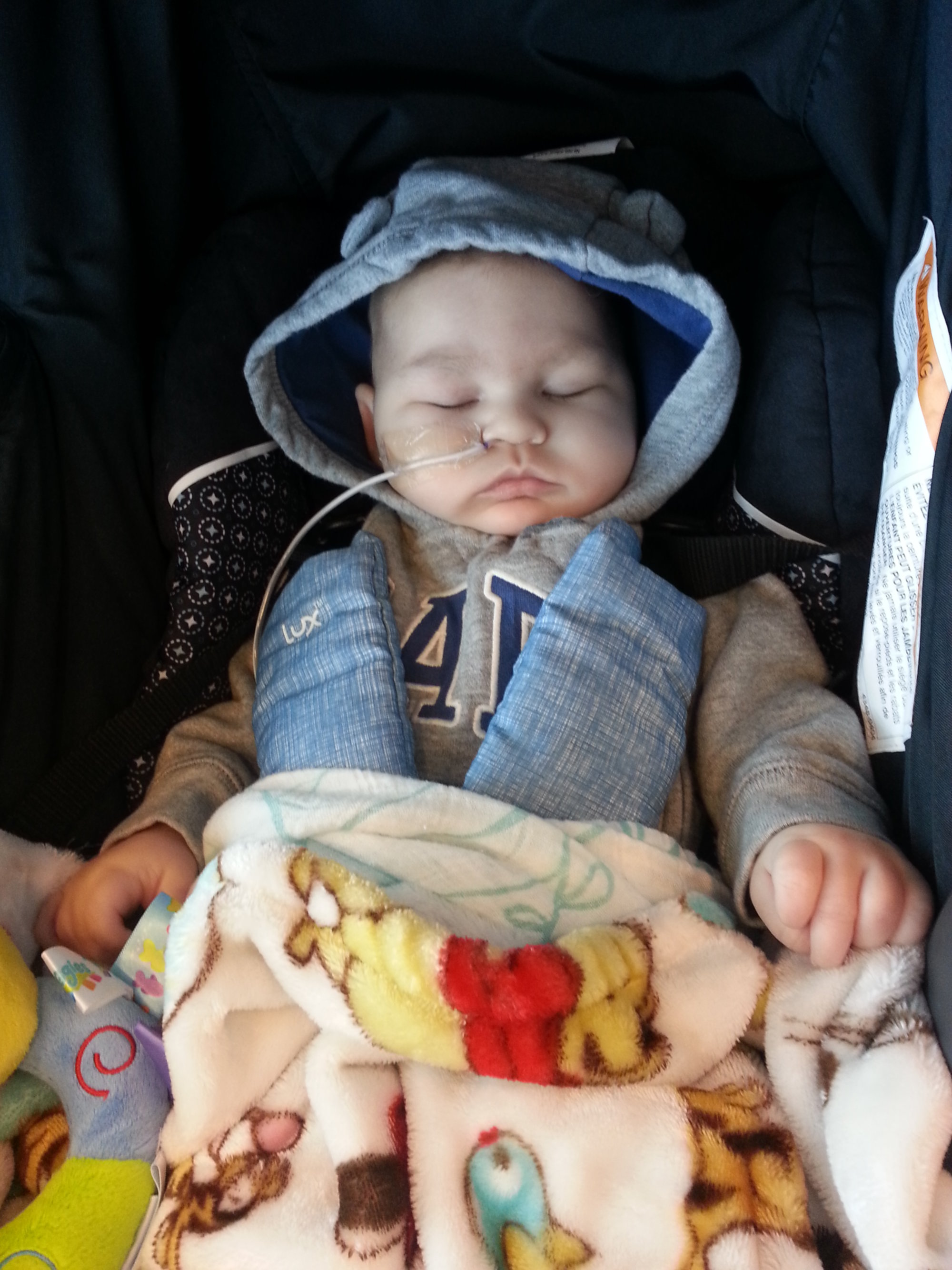
Vision
Félip’s pediatrician referred us to the vision clinic at the children’s hospital to address his lack of tracking and visual responsiveness.
At our first appointment Félip was deemed legally blind. Being legally blind doesn’t mean that you don’t see anything at all, it just means you fit in a certain criteria of not being able to see clearly at a certain distance. In his case we were pretty sure he could see or detect changes in light as he would react when the lights were turned ON or OFF. The ophthalmologist said that his eyes and retina seemed fine from her perspective. She mentioned that since he could see before the seizures it was likely that they were the cause of his blindness. Basically his brain was too busy seizing to be able to process his vision. This was welcomed news! It meant that Félip could possibly see again at some point in the future. No certainty or guarantee, just a chance.
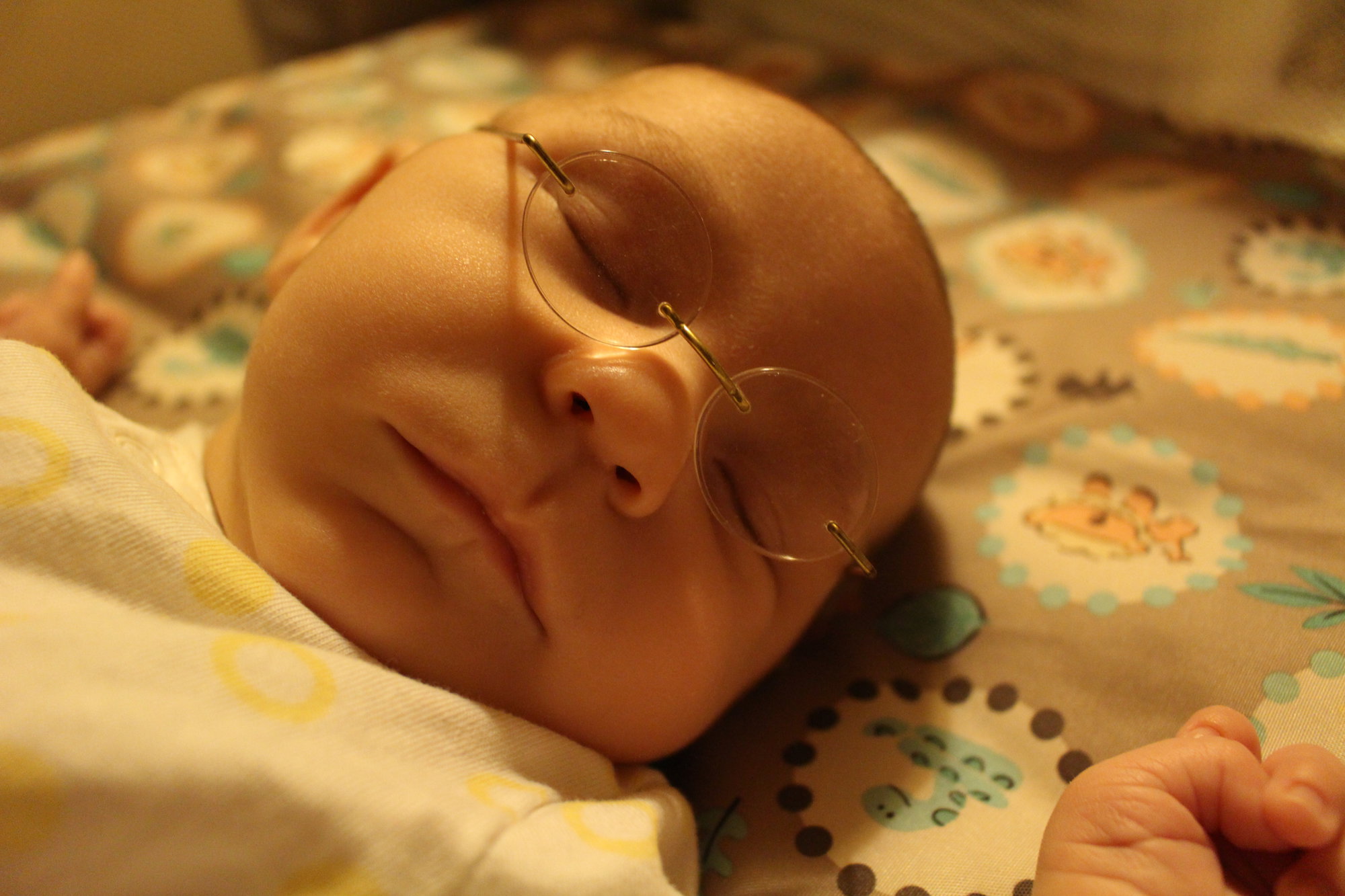
The ophthalmologist referred us to CNIB (Canadian National Institute for the Blind) to help with Félip’s development now that we knew he was blind. We started having a worker from CNIB come into our home about once a month to assess Félip and give us some tools and information on how to stimulate him and care for him with his blindness.
Hospital Admissions
Félip was deemed to be at risk. His immune system wasn’t necessarily weak but his combination of health issues could turn a simple cold into a severe hospital admission.
He was also prone to aspirate. This is when things get into your airways and/or lungs. With his medical condition and brain health, Félip didn’t always have the intuition to swallow or protect his airways while breathing. One of the biggest risks with aspirations is infection and pneumonia.
You would think, well that shouldn’t be a big deal, he didn’t get anything fed through his mouth. Unfortunately, Félip also developed acid reflux and had a very sensitive stomach. What this means is that Félip would retch and vomit his feed quite frequently.
During that whole first year being home, Félip was admitted to hospital with an aspiration countless times. These admissions would last anywhere from a few days to a little over a week. These were times of high stress. Félip’s breathing was affected, often on oxygen and needing deep suctioning. He was very tired but he couldn’t sleep due to his breathing so he was pretty lethargic. We were always waiting to see if this would develop into pneumonia.
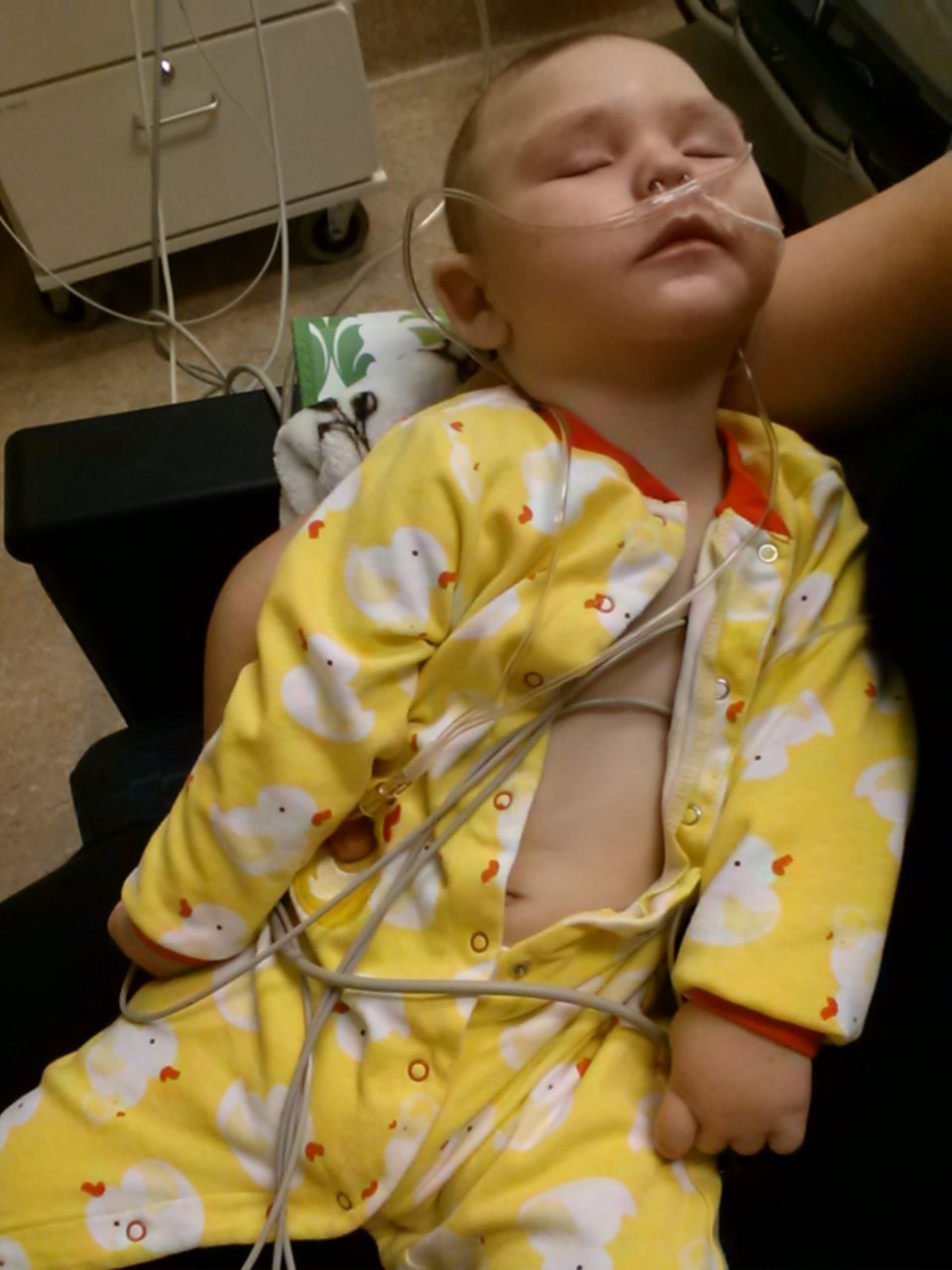
Pneumonia is very scary for children like Félip. The reality is that many children with complex seizure and genetic disorders often end up dying from pneumonia or other infectious conditions because they have a harder time fighting them. With Félip’s low muscle tone and lack of awareness, things can go downhill pretty quickly.
Many of our admissions involved having the ICU transition team in the loop to determine if Félip needed to be admitted to the ICU. Thankfully he never did.
Seizures and SUDEP
Seizures are complicated. There is a lot of fear and unknowns around seizures. Most of us have never even witnessed one before. There are many different kinds of seizures. Some are barely noticeable. Some are hard to watch. Félip’s seizures eventually evolved into infantile spasms. His epilepsy was deemed refractory. Which means we were never able to achieve seizure control. The many medications and therapies we tried had almost no effect. The medications we kept on seemed to only reduce his seizure count and keep things somewhat stable. Nonetheless he would still have 30-60 seizures a day. We’d seen days of 200 seizures in the past while trying different medications.
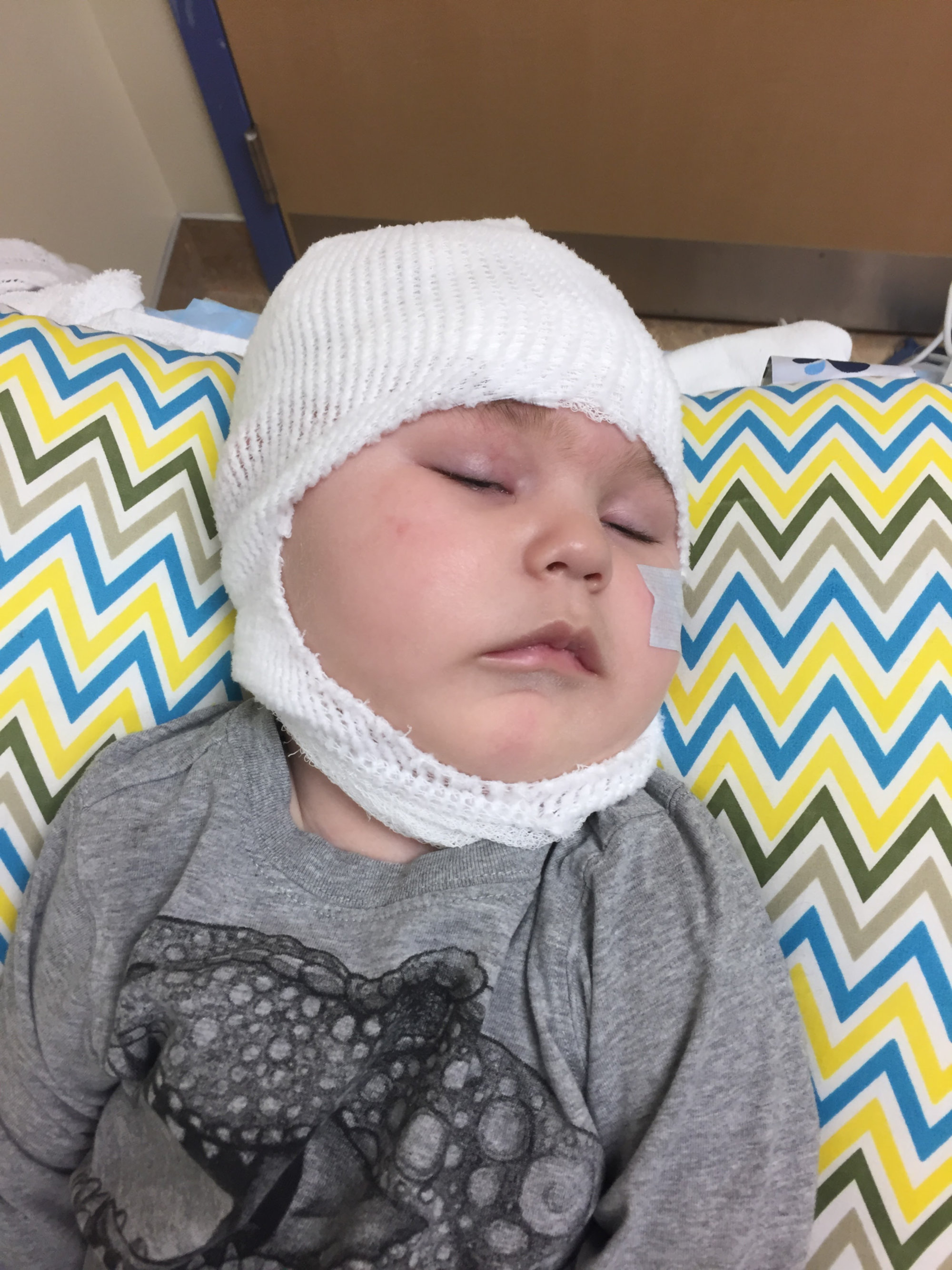
At the end of the day no amount of seizures is acceptable. They affect development and body functions and they are frightening. There’s also the risk of SUDEP (Sudden Unexpected Death from Epilepsy). This is a condition where someone with Epilepsy can suddenly die from a seizure without warning. Statistics show that 1 out of 1,000 people die from SUDEP each year. For people with uncontrolled, refractory epilepsy like Félip, the numbers go up to 1 out of 150. So even though sometimes his seizures seem mild, we worry for every single one of them.
To be continued…
We hope you’ve enjoyed reading this blog post. Stay tuned for more content and for part 2.
As always… Love. Laugh. Repeat.

